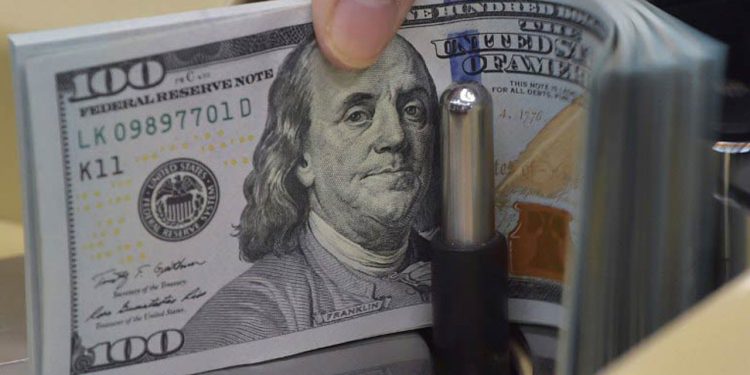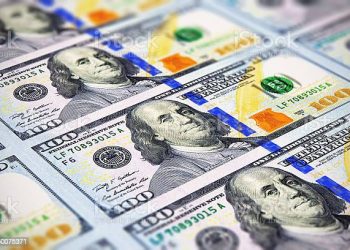The naira has extended its depreciation streak to eight consecutive days, closing at N1,507.83 per dollar on Wednesday, according to the latest data from the FMDQ, which oversees the Nigerian Autonomous Foreign Exchange Market (NAFEM) window. This marks a significant departure from the relatively stable rates observed throughout June, which hovered between N1,470/$1 and N1,480/$1.
The recent trend shows a consistent decline, with daily depreciations ranging from 0.02% to 0.71%. This pattern has raised concerns about the currency’s near-term stability and potential volatility.
Exchange Rate Analysis
On June 26, 2024, the naira depreciated by 0.47% from the previous day’s rate of N1,500.79/$1, closing at N1,507.83/$1. This is the lowest exchange rate since May 16, 2024, when it closed at N1,533.99/$1. The forex turnover for the day was $176.39 million, a notable increase of 28.99% from the $136.75 million recorded the day before.
The intra-day trading range was quite broad, with the dollar trading as high as N1,523 and as low as N1,430.91. This significant spread highlights the considerable volatility in the foreign exchange market.
Economic Implications
The continuous depreciation of the naira comes despite reassurances from the Central Bank of Nigeria (CBN) Governor, Yemi Cardoso, who recently stated that the country had likely seen the worst of naira volatility. In an interview with Bloomberg TV in London, Cardoso expressed satisfaction with the measures taken to manage the currency crisis over recent months.
Cardoso suggested that the future value of the naira would depend on various factors, including fiscal policies, and emphasized that the CBN’s efforts to stabilize the currency are ongoing. He acknowledged the complex interplay of macroeconomic fundamentals that impact the market, indicating that achieving stability is a continuous process.
Market Reactions and Projections
The recent depreciation has sparked concerns about the currency’s outlook, especially as Nigeria approaches the summer holiday season, traditionally a period of increased demand for foreign currency due to travel.
Nairametrics had earlier predicted potential currency weakness during this period. The current trend underscores the challenges faced by the CBN in its efforts to stabilize the naira amid persistent economic pressures.
Bottom Line
The naira’s decline to N1,507.83/$1 signals a troubling trend for the Nigerian economy. As the CBN continues its interventions, market participants remain watchful of further developments that could impact the currency’s stability. The ongoing efforts by the CBN and the economic policies adopted will be crucial in determining the naira’s trajectory in the coming months.










